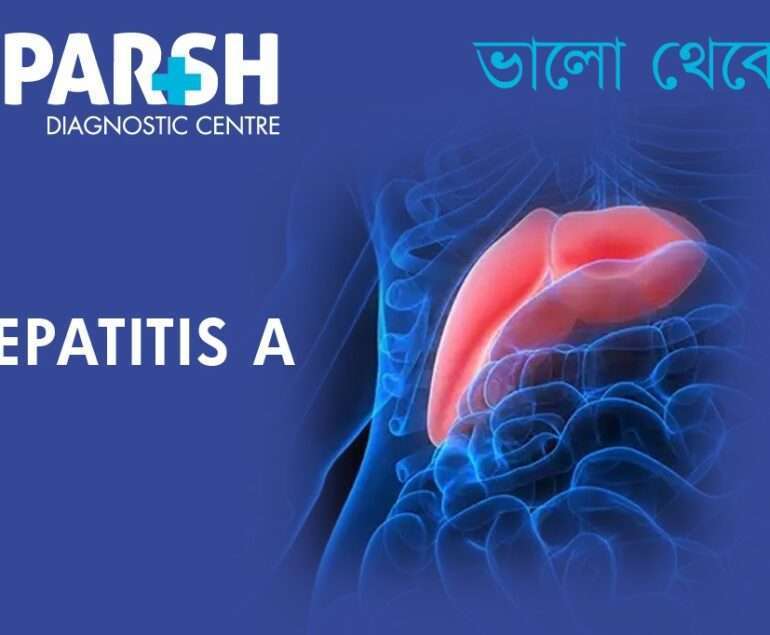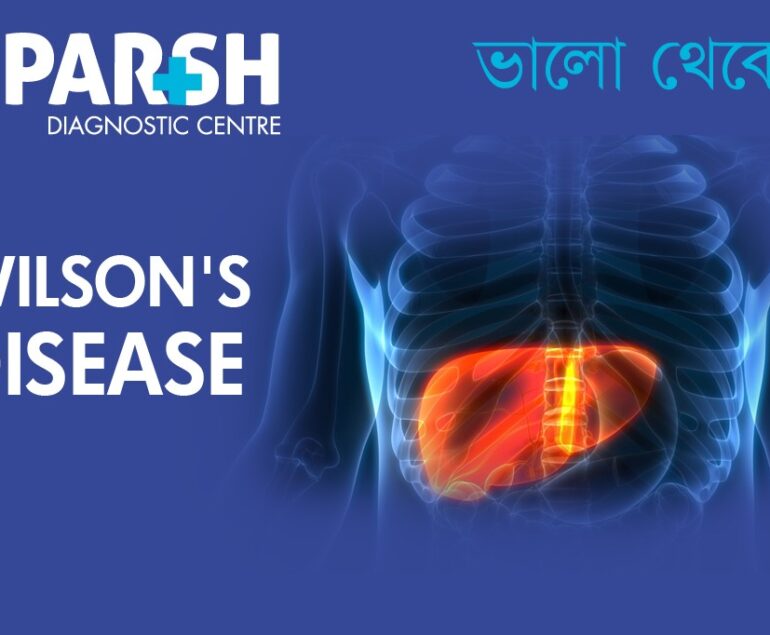Although heart disease is the leading cause of death, it is preventable. Though some risk factors, like age, sex, and family history, cannot be changed, there are numerous strategies to protect your heart and lower your chance of developing heart disease.
Start with these tips to improve heart health:
1. Reduce your salt consumption
About one-third of people are sensitive to the sodium component of salt. This means consumption of food with too much salt can increase the amount of blood in arteries, increase blood pressure and increase the risk of heart disease and stroke.
If you can gradually reduce your intake each day, you can lower your blood pressure. Since our diet generally contains such a high salt content, reducing salt intake can benefit everyone – even people with normal blood pressure.
2. Limit your alcohol consumption
The effect of alcohol on your heart is complex. For some people, drinking even moderate amounts of alcohol causes major cardiovascular risks.
According to American Heart Association and Academy of Nutrition and Dietectics, men should not drink more than two drinks a day and women should not drink more than one drink a day. Binge drinking is defined as drinking more than three drinks per day for men or women.
3. Maintain a healthy weight
Being overweight – especially around the middle of the body – increases the risk of heart disease. Overweight can lead to conditions that increase the chances of developing heart disease – including high blood pressure, high cholesterol and type 2 diabetes.
Body mass index (BMI) uses height and weight to determine whether a person is overweight or obese. BMI 25 or higher is considered overweight and is generally associated with higher cholesterol, higher blood pressure and increased risk of heart disease and stroke.
Waist circumference can also be a useful tool for measuring belly fat. Your risk of heart disease is higher if your waist circumference is greater than:
- 40 inches (101.6 cms) for men
- 35 inches (88.9 cm) for women
Even a small amount of weight loss can be beneficial. Weight reduction by just 3 % to 5 % can help reduce certain fats in the blood (triglycerides), reduce blood sugar (glucose) and reduce the risk of type 2 diabetes.
4. Eat a healthy diet
A healthy diet can help protect the heart, improve blood pressure and cholesterol, and reduce the risk of type 2 diabetes. A healthy eating plan includes:
- Vegetable and fruit
- Beans or other legumes
- Lean meat and fish
- Low-fat or fat-free dairy foods
- Whole grains
- Healthy fats such as olive oil
Two examples of heart-healthy eating plans include the Dietary Approaches to Stop Hypertension (DASH) eating plan and the Mediterranean diet.
Limit intake of the following substances:
- Salt
- Sugar
- Processed carbohydrates
- Alcohol
- Saturated fats (contained in red meat and full-fat dairy products) and trans-fats (contained in fried fast food, chips, and pastries)
5. Get moving: Aim for at least 30 to 60 minutes of activity a day
Regular, daily physical activity can reduce the risk of heart disease. Physical activity helps control your weight. It also reduces the likelihood of other conditions that can put a strain on the heart, such as high blood pressure, high cholesterol, and type 2 diabetes.
If you haven’t been active for a while, you may need to slowly work your way up to these goals, but in general you should aim to do at least:
- 150 minutes per week of moderate aerobic exercise, such as brisk walking
- 75 minutes per week of vigorous aerobic activity such as running
- Two or more strength training sessions per week
Even shorter bursts of activity offer cardiovascular benefits, so if you can’t meet these guidelines, don’t give up. Only five minutes of movement can help and activities such as gardening, household cleaning, walking up the stairs and walking a dog, all counting on your total number. You don’t have to exercise hard to reap the benefits, but you may see greater benefits by increasing the intensity, duration, and frequency of your workouts.
6. Do not smoke or use tobacco
Quitting smoking or using smokeless tobacco is one of the healthiest things you can do for your heart. Make careful to stay away from second-hand smoke even if you don’t smoke.
The heart and blood arteries can be harmed by the chemicals in cigarettes. Smoking cigarettes lowers the amount of oxygen in the blood, which causes the heart to work harder to supply the body and brain with enough oxygen, raising blood pressure and heart rate.
The good news is that the day after stopping, the risk of heart disease starts to go down. A smoker’s risk of developing heart disease decreases by about 50% after giving up cigarettes for a year. No matter how much or how long you’ve smoked, as soon as you quit, you’ll begin to reap the benefits.

To consult a Cardiologist at Sparsh, call our helpline number 9830117733.
#BhaloTheko
Disclaimer:
No content on this site, regardless of date, should ever be used as a substitute for direct medical advice from your doctor or other qualified clinician.

![]()






Good article
Dear Ma’am,
Thanks for the kind words of appreciation.
Regards,
Team Sparsh
Its really helpful to know how and when one should take care his/her health before any thing happened.
Thanks Sparsh for publishing such useful information.
Dear Sir,
Thanks for the kind words of appreciation.
Regards,
Team Sparsh
Very informative blog.
Dear Ma’am,
Thanks for the kind words of appreciation.
Regards,
Team Sparsh